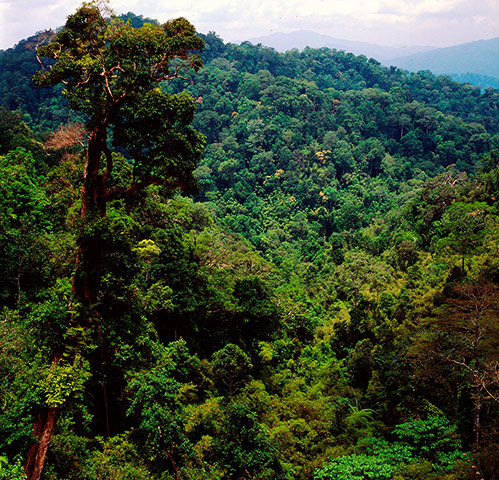
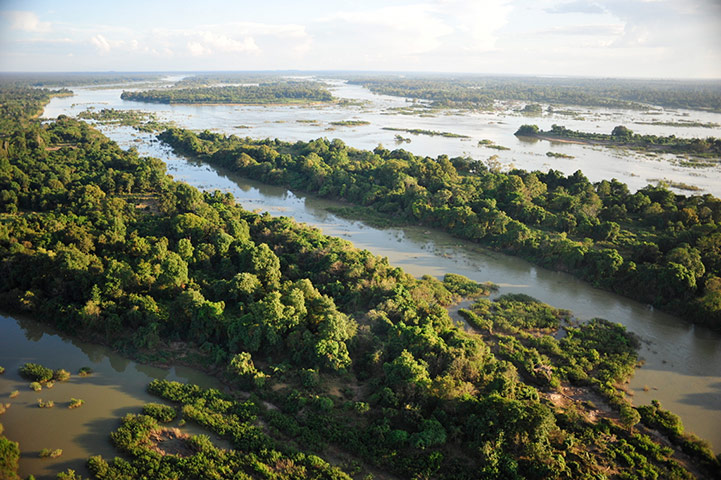
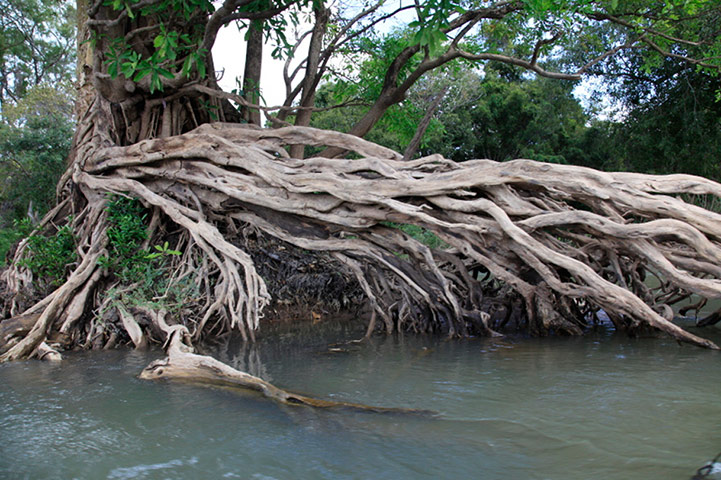
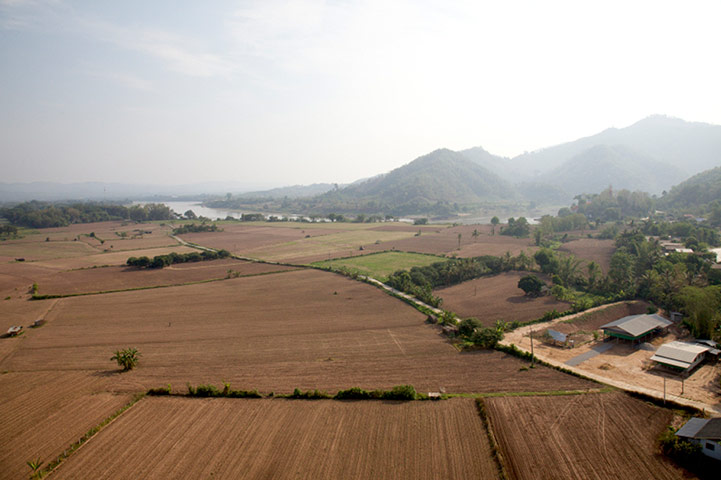
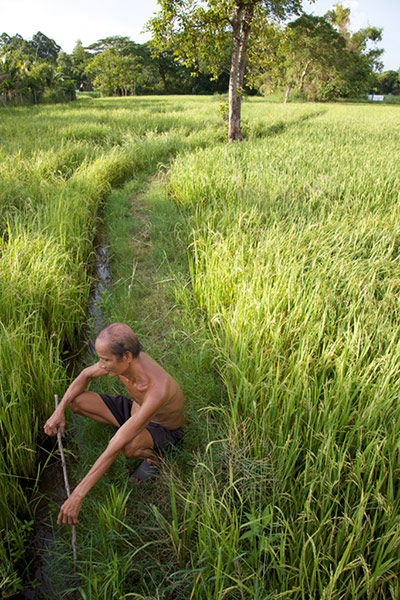
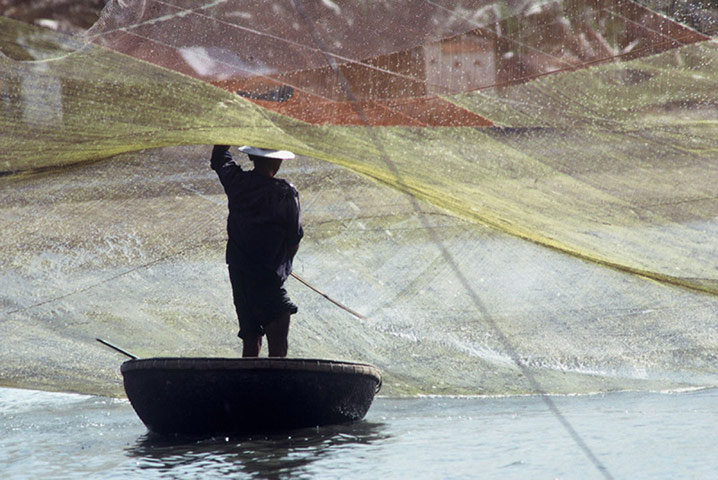
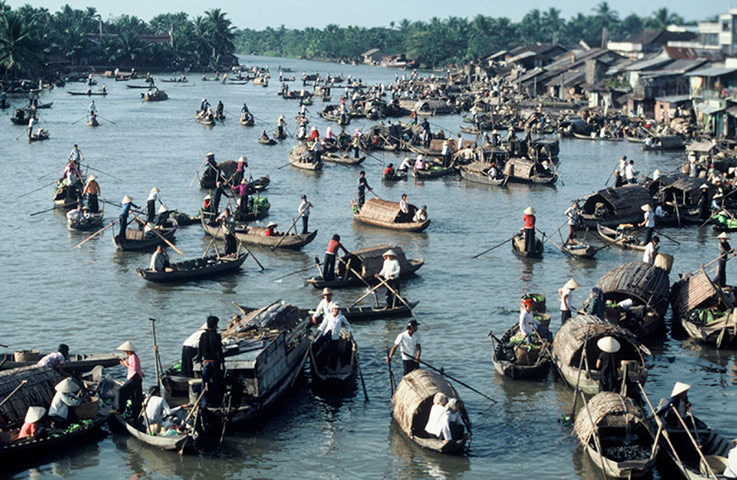
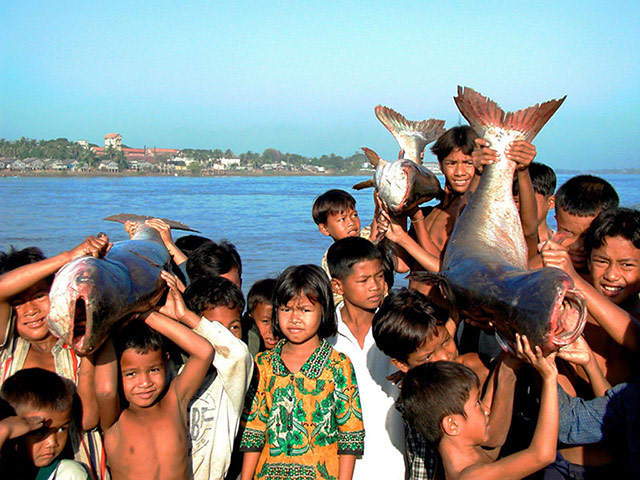
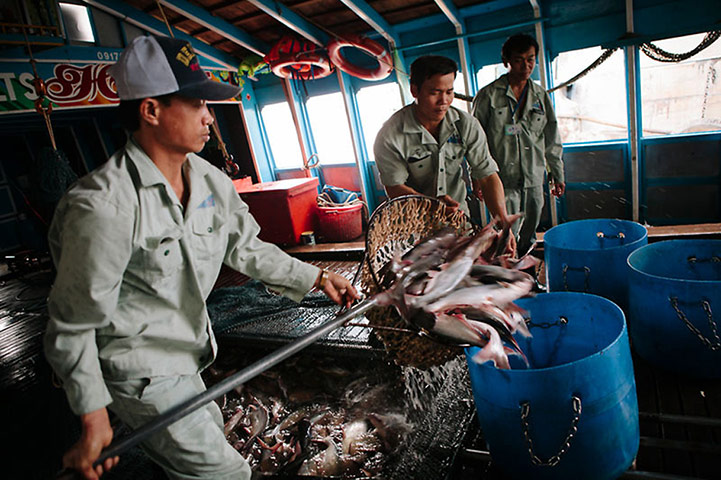
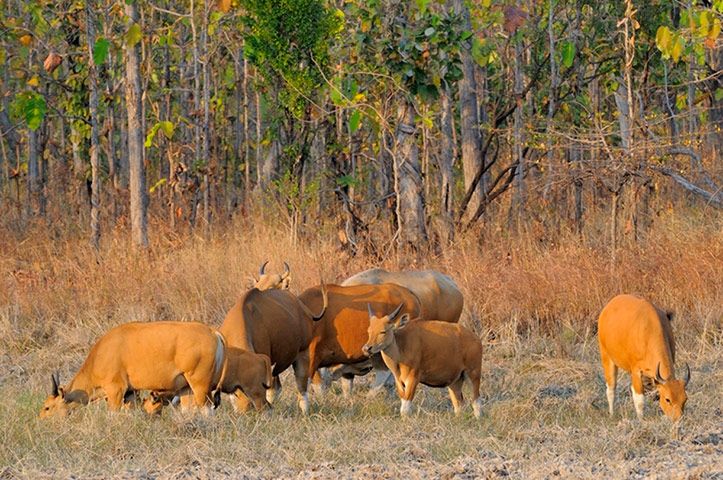
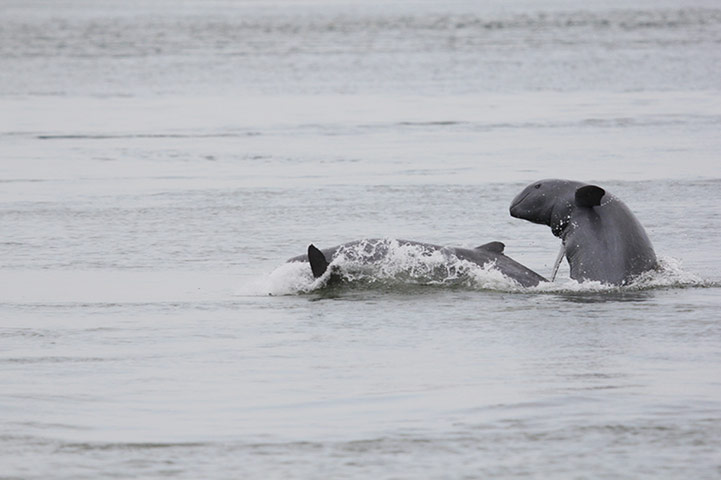
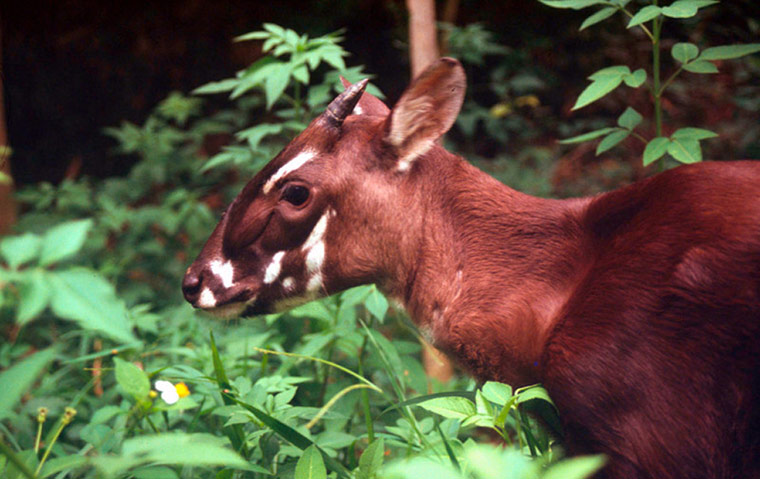
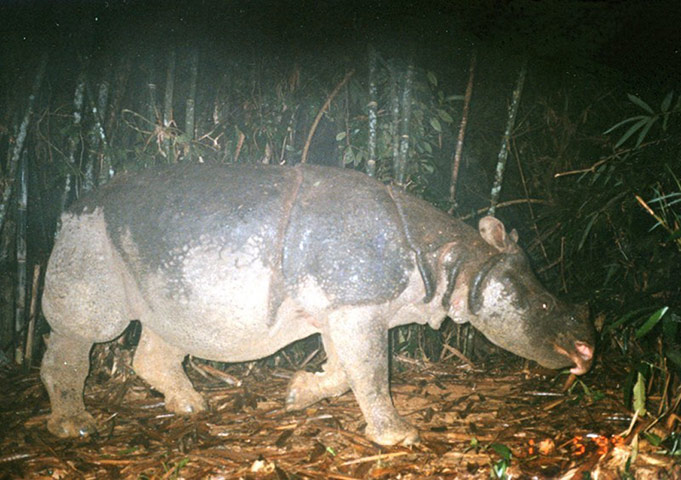
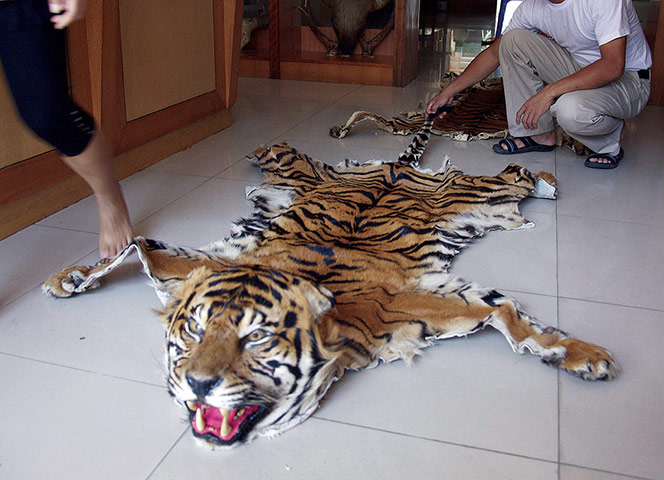
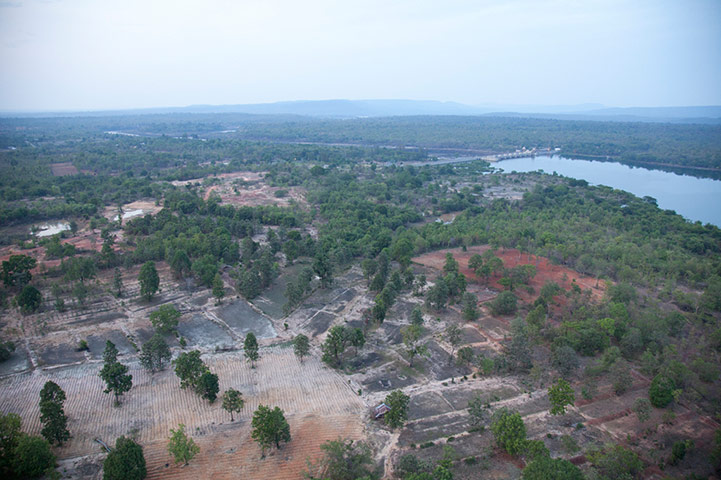
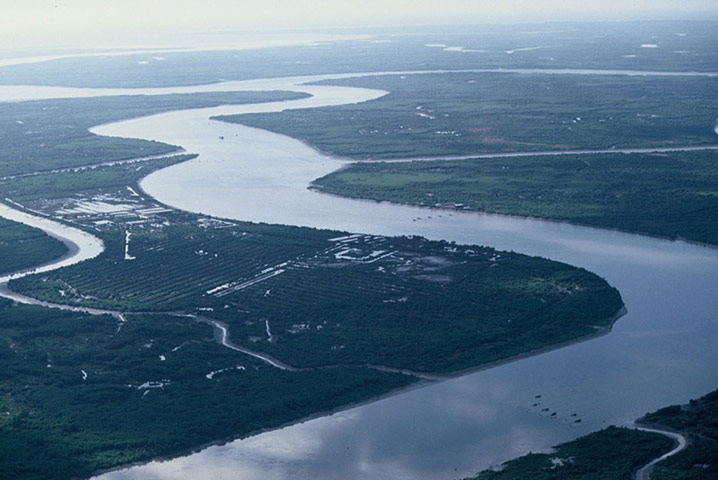
















The GuardianTramp

Cambodia, Laos, Burma, Thailand and Vietnam have lost nearly 40m ha of forest cover since 1980, a new report shows
John Vidal
02, May, 2013 @9:04 AM
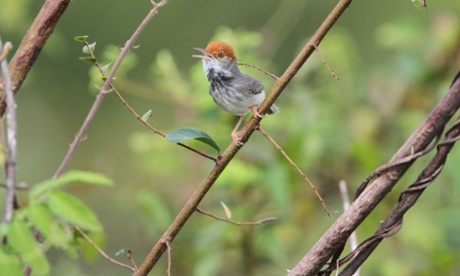
Damian Carrington
04, Jun, 2014 @4:01 PM

Maev Kennedy
25, Sep, 2009 @11:07 AM

The WWF has discovered 163 new species in south-east Asia's Mekong river region. We look at some of the area's new marvels
25, Sep, 2009 @11:36 AM

John Vidal, Lindsay Poulton, James Randerson, Ekaterina Ochagavia, Georgia Brown, Jessica Aldred, Max Duncan, Feilding Cage and Daan Louter
26, Nov, 2015 @4:30 AM

Jonathan Watts: Xayaburi dam decision time for the guardians of south-east Asia's 'mother of all rivers'
Jonathan Watts, Asia environment correspondent
18, Apr, 2011 @10:20 AM

Jeremy Hance
22, May, 2018 @7:43 AM

At least 441 new species of animals and plants have been discovered over the past four years in the vast, underexplored rainforest of the Amazon
Jessica Aldred
23, Oct, 2013 @5:00 AM

Graeme Green
21, Feb, 2022 @7:15 AM

Thailand, Vietnam, Cambodia and Laos fail to reach agreement on whether to build a first dam on the main stream of the lower Mekong basin
Jonathan Watts in Thaplan
20, Apr, 2011 @10:32 AM